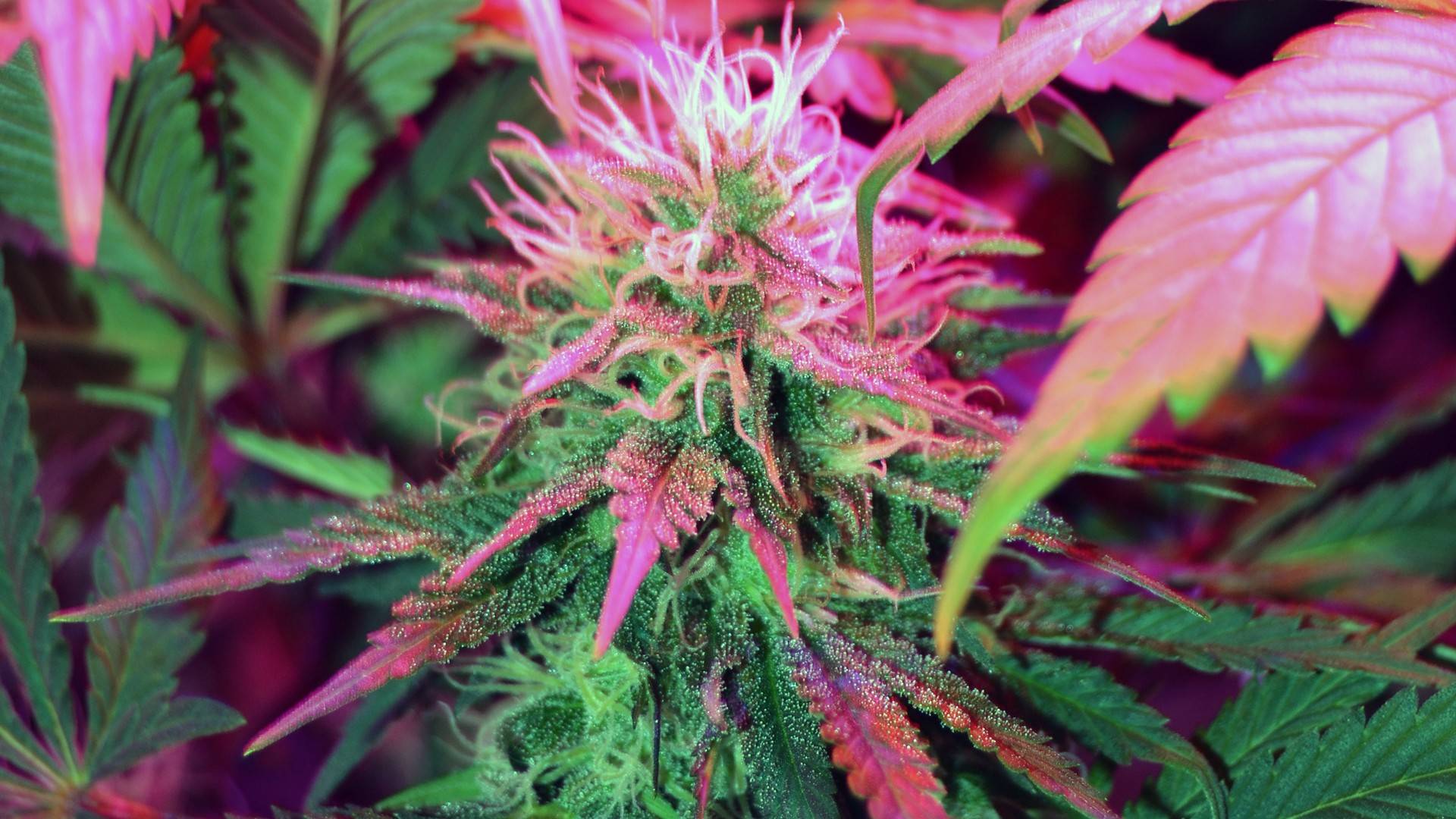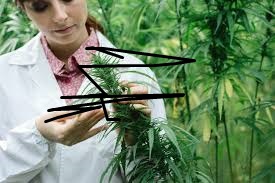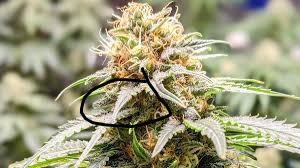Side effects of marijuana
Adolescents and young adults are one of the most susceptible groups because their brains are still in the development stage. Frequent use of marijuana in teens is linked to weak memory, worse academic achievement, and inability to solve problems.
Psychosis Risk
Mental illness in the family history predisposes the risk of psychotic symptoms (hallucinations or paranoia) in the presence of high levels of THC.
Depression and Anxiety
As much as some people use marijuana as a way of relieving stress, frequent use of marijuana can make people become anxious or even depressive.
Motivational Problems (“Amotivational Syndrome”)
Pronto use has been associated with loss of motivation, loss of productivity and social withdrawal.
Marijuana Addiction/ Cannabis Use Disorder.
As opposed to the myth that marijuana is not addictive, a research study indicates that approximately 1 out of every 10 users develop cannabis use disorder (CUD). The risk is greater to 1 in 6 when used in adolescence. Symptoms of cannabis addiction include:
Desires and failure to reduce use.
Unemployment: During withdrawal they experience irritability, insomnia and loss of appetite.
Repeated use even when it is hurting relationships, work or education.
Although cannabis dependence can be less serious than the dependence on such drugs as alcohol or opioids, it can still greatly interfere with lives.
Marijuana and the Heart
There is an current literature that marijuana could have an impact on cardiovascular health. Shortly after use, THC elevates heart rate and blood pressure which may be dangerous to the elderly or those with underlying heart diseases. A few studies have associated cannabis use with increased chances of heart attack and stroke but further research is required to reach definitive results.
The Customer problem of high-potency products.
Marijuana products today are stronger compared to the one that was offered several decades ago. Potent edibles, dabs and extracts of high concentration contain very high doses of THC, which predisposes to:
Severe intoxication
Panic attacks or acute paranoia.
Greater withdrawal symptoms.
Higher risk of dependence
The use of such products particularly puts those who are inexperienced and the youth at risk who might not realize their strength.
A Balanced View of Risks
Though marijuana is not as dangerous as other drugs such as alcohol or opioids, its dangers cannot be overestimated. Informed use is safe when potential harms are identified and particularly for those vulnerable groups like teenagers, pregnant women and mentally ill persons. Misuse can be mitigated with the help of public awareness campaigns and community education and prevented with the help of long-term damage.





